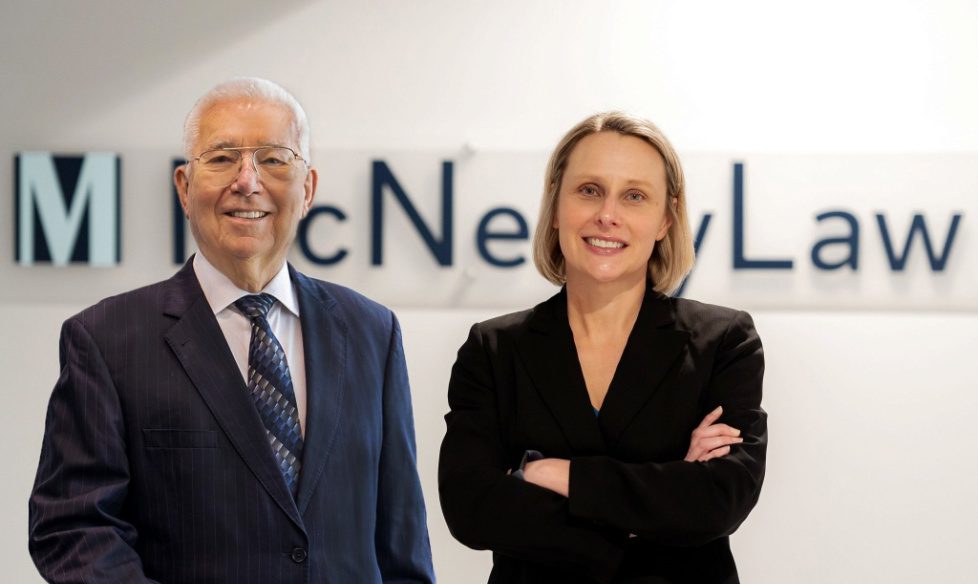news & events
Gross Lease or Triple Net Lease – Which Commercial Lease Is Right For You?
Unlike residential leases, which generally follow the same basic structure, commercial leases can vary quite a bit, with a key difference often being whether the landlord or the tenant is responsible for the basic operating expenses of the property. Here, we’ll focus on two common forms of the commercial lease: the gross lease and the triple net lease.
The gross lease is the most straightforward, as it tends to be an all-inclusive, and singular number. Gross leases are rare in retail, warehouse, and other asset class settings, but common in office leases. In the gross lease, most, if not all, expenses associated with the property are included with rent payments. Building operation expenses such as property taxes, insurance, and shared utilities are paid by the landlord, and typically built into the rental amount. This allows tenants to budget lease costs more easily.
However, landlords should be cautious when entering into a gross lease with a tenant who uses excessive amounts of utilities or may otherwise overburden the all-inclusive aspects of this type of lease. While the gross lease is meant to simplify accounting for the tenant, the goal is not to burden the landlord. This can be remedied with clauses that leave room for later renegotiation of rates or with an escalation clause.
Triple net leases are more landlord friendly and are frequently used when a tenant rents an entire building, or when there are clearly defined, separate rental units. Here, the tenant pays not only the rent for leasing the property, but also a proportional share of the three nets: property taxes, insurances, and maintenance of any common areas/utilities. If sharing the building with others, the tenant is generally only responsible for a proportional share of these additional expenses. But, the tenant does assume risk for things such as an increase in property taxes and/or interior and exterior maintenance of the building, depending on the terms of the lease. So, if the tenant’s space is only a part of a larger building, the charges will be divided up amongst the tenants. Generally, this is done based on the tenant’s square footage percentage of the overall complex.
The primary advantage of the triple net lease for the landlord is that most of the expenses associated with the property are reimbursed by the tenant. This reduces variability and risk for the landlord so that it can expect a more predictable stream of income, and is not subject to changes in operating costs. For the tenant, the triple net lease allows it to pay a lower base rent in exchange for assuming the risk associated with varying operating expenses.
Navigating commercial leases can be a confusing process. The attorneys at McNeelyLaw LLP are here to help landlords and tenants in determining what lease terms are right for them. Give us a call today for assistance with your commercial lease matters.
This McNeelyLaw LLP publication should not be construed as legal advice or legal opinion of any specific facts or circumstances. The contents are intended for general informational purposes only, and you are urged to consult your own lawyer on any specific legal questions you may have concerning your situation.
Welcome To Our Blog. Looking for a specific post?


